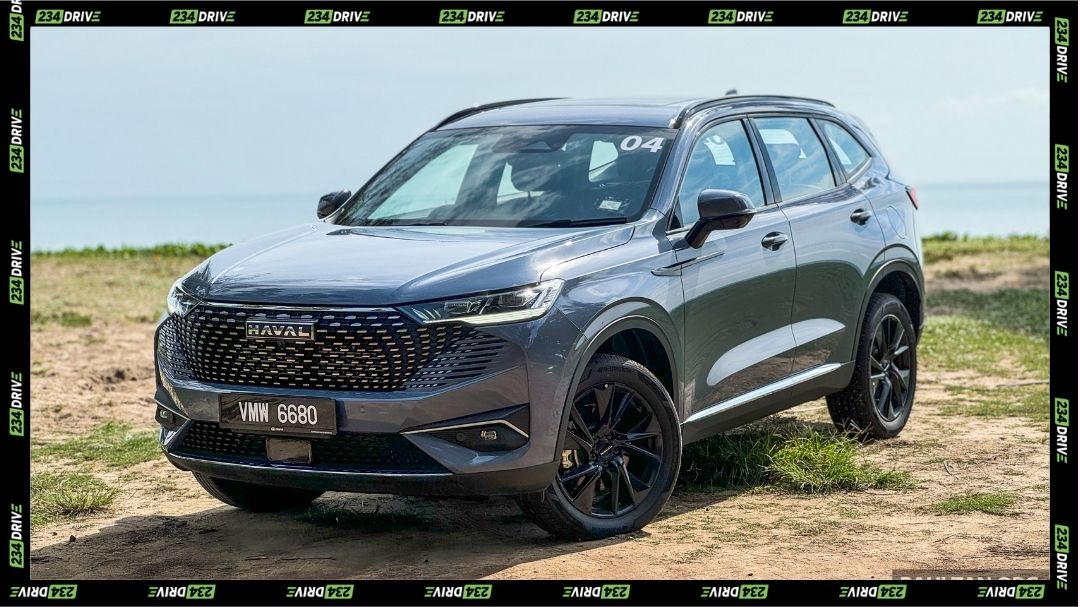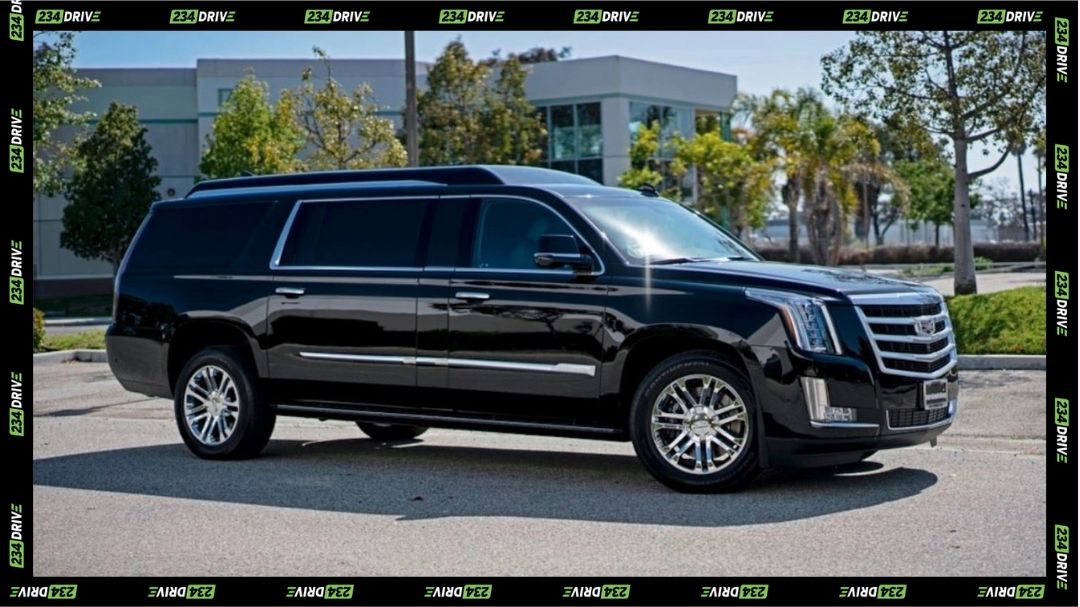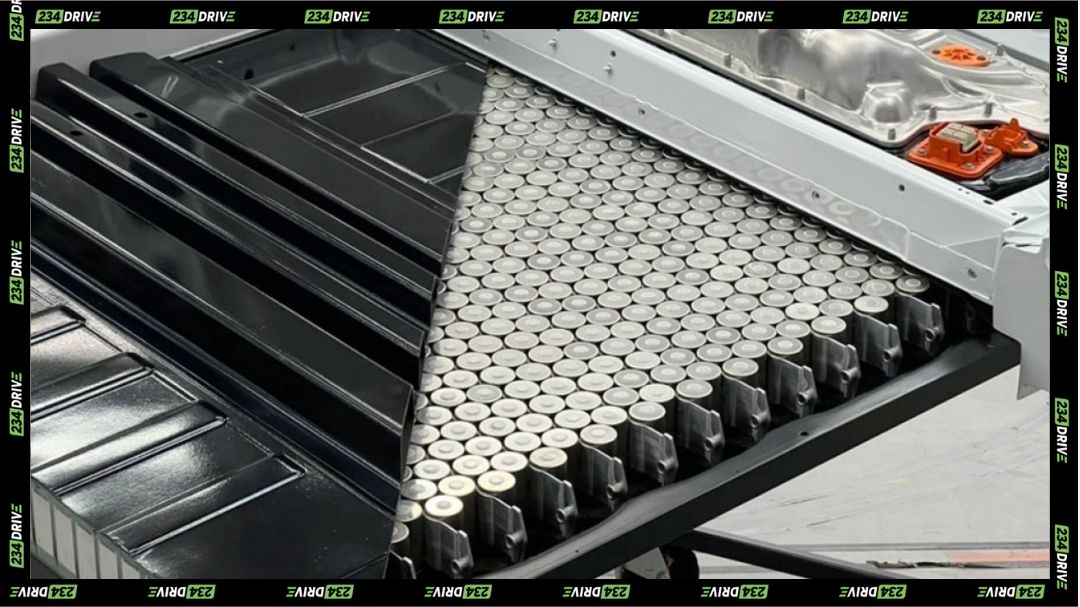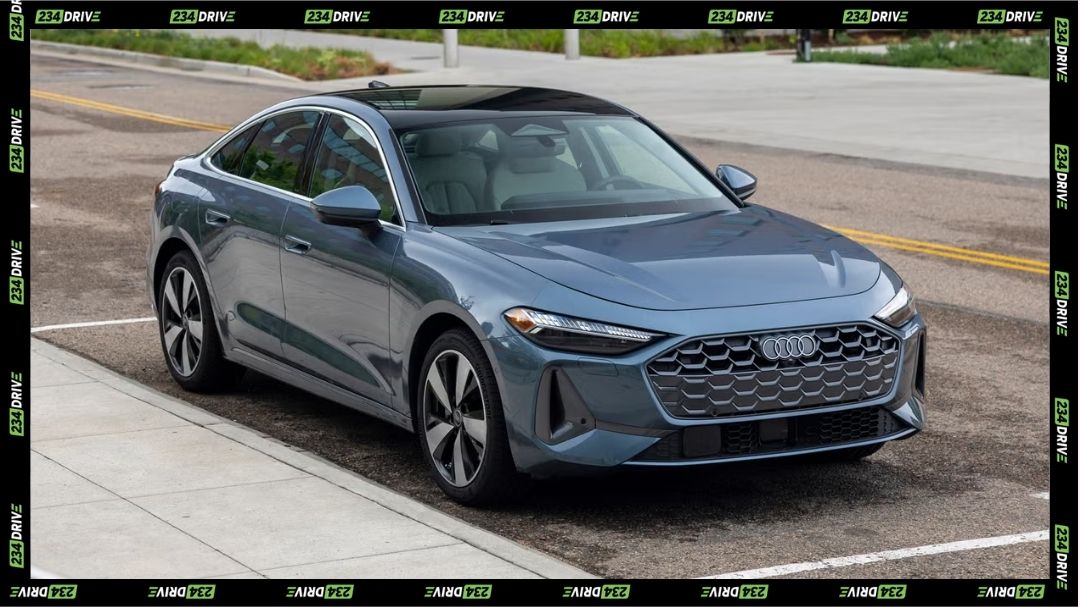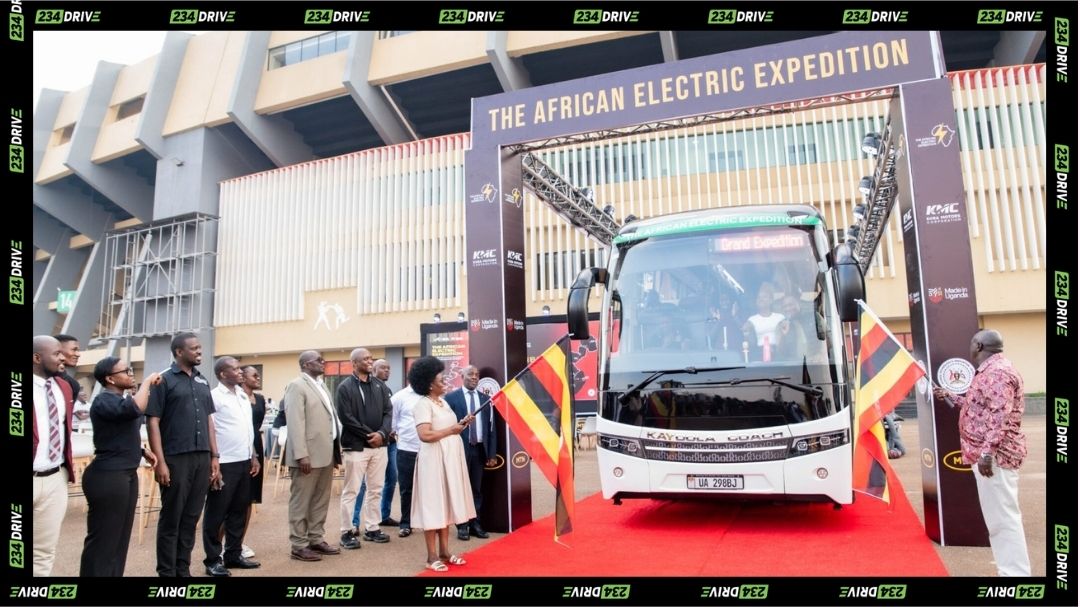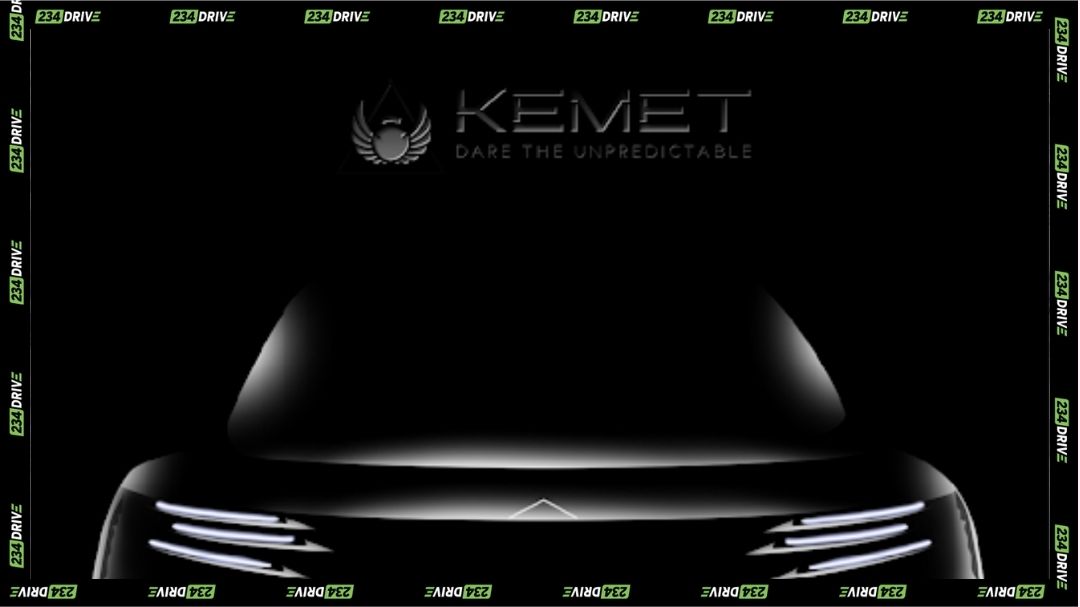OMODA, Chery’s youth‑focused sub‑brand, officially pulled the wraps off the C7 on 11th November, placing it straight into showrooms rather than teasing months ahead. The line-up opens with turbo‑petrol variants and crowns with a Plug‑in Hybrid (PHEV). Pricing starts at R539,900, which pushes it above entry‑level rivals on sticker but counters with spec density, safety tech, and a PHEV option that most competitors reserve for pricier trims. The bet is simple: give South African buyers a stylish alternative that still undercuts similar hybrid SUVs on total kit.
Under the bonnet, the petrol model uses a 1.6‑litre turbo (around 145 kW/290 Nm) paired to a 7‑speed DCT, tuned for front‑wheel drive and everyday drivability. The showstopper is the PHEV: a 1.5‑litre turbo plus e‑motor system delivering up to 255 kW and 525 Nm. It moves decisively, keeps combined consumption around 5.0 L/100 km (on paper), and offers up to 105 km of electric‑only range enough for most daily commutes without touching petrol. With both power sources in play, the C7 claims roughly 1,200 km of total range, a useful buffer in a country where load‑shedding and rising fuel prices shape car‑buying logic.
The design leans bold; frameless grille, sharp surfacing, a cabin built around a large 15.6‑inch display, wireless charging, and premium comforts like ventilated seats on upper trims. ADAS isn’t an afterthought, it’s the headline. You get adaptive cruise control, lane‑keeping assist, blind‑spot monitoring, autonomous emergency braking, and traffic alerts across the range, with higher variants layering a 540‑degree camera system and additional airbags. The brief is clear: tech first, compromises later.
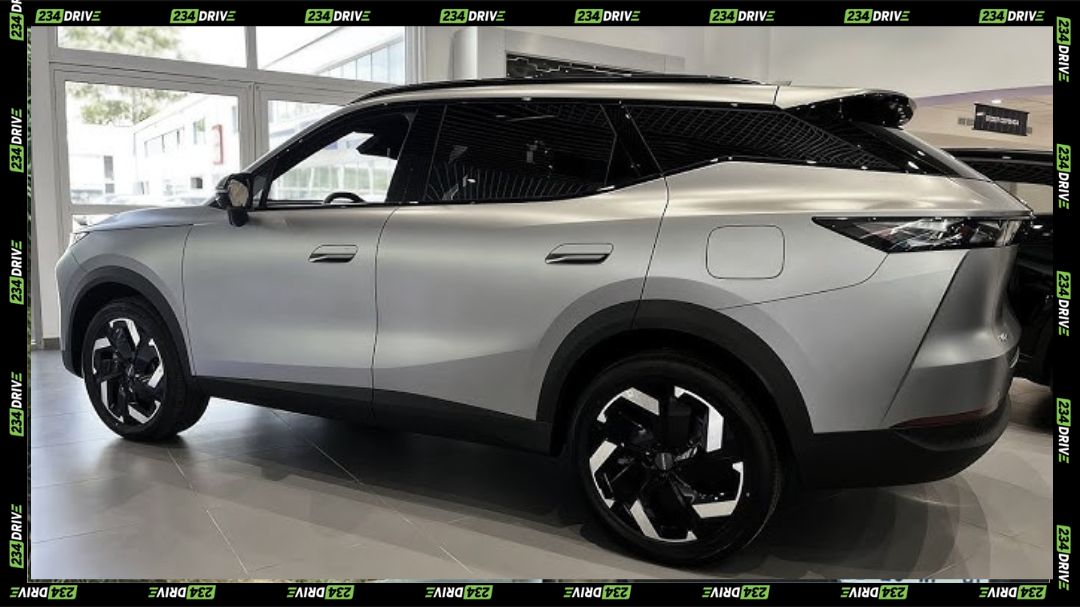
From a product‑market fit view, OMODA positions the C7 between its own compact C5 and the larger C9, targeting families that need space without the bulk of a full‑size SUV. Dimensions put it squarely against Volkswagen Tiguan and Toyota RAV4. The boot is generous (petrol slightly higher than PHEV due to battery packaging) and the rear seats fold flat for proper utility. Ground clearance in the mid‑170 mm band keeps it city‑friendly with enough leeway for light gravel or rural routes.
OMODA designs and specifies; Chery’s broader industrial footprint supports platform and supply chain; and South African dealers handle the last milestruck, test drives, and aftersales. Fast test‑drive availability, transparent finance, and reliable parts supply will decide whether the C7’s early buzz converts to sustained volumes.
Strategically, this is OMODA’s second swing in South Africa after the C5. The C7 escalates the brand’s credibility because it’s the first local OMODA to bring PHEV tech to the showroom floor. That signals a wider pivot: Chinese brands are no longer just competing on price. They’re also exporting electrified powertrains with aggressive spec levels and warranties that pressure incumbents. A 10‑year/1‑million‑km engine warranty for first owners (where applicable), plus extended PHEV coverage, reframes the risk calculus for buyers wary of a newer badge.
Compared to established rivals, the C7’s proposition is blunt. Against Tiguan, it shows stronger torque in hybrid guise, more kit per rand at comparable trims, and a longer headline warranty. Against RAV4, it leans on plug‑in capability (electric‑only range and home charging flexibility) where Toyota’s local line‑up skews to non‑plug‑in hybrids. Against Haval H6, it wages a value‑versus‑value fight, using cabin tech and ADAS breadth to tip the scales. None of this guarantees long‑term reliability leadership, but it does lower the barrier for first‑time hybrid adopters.
Its track record helps. OMODA’s C5 gave the brand a foothold in 2023; the C7 builds on that momentum with more powertrain choice and a louder technology story. Production maturity in China and a rapidly expanding South African dealer network add operational muscle. Early press drives and launch‑day coverage emphasise the same themes: striking design, comprehensive safety spec, and a PHEV that answers real South African problems like load‑shedding, fuel volatility, and short‑hop commuting.
So where does this go next? If OMODA keeps demo cars rolling, secures stable inventory, and backs owners with responsive aftersales, the C7 can convert curiosity into market share. If it stumbles on parts flow, software updates, or residual values, the segment’s incumbents will claw buyers back. The deciding factor could be policy: clearer incentives for plug‑ins, broader home‑charging support, and workplace charging pilots would accelerate adoption beyond early enthusiasts.
Bottom line: OMODA C7 isn’t trying to win every argument, it’s picking the right ones. Bold design to stand out. Real electric range for daily life. Hybrid muscle for the open road. Safety and screens to meet 2025 expectations. A price that presses rivals without looking cheap. That mix gives it a legitimate shot in a crowded field and it explains why launch‑week chatter feels more like a step change than just another nameplate.


